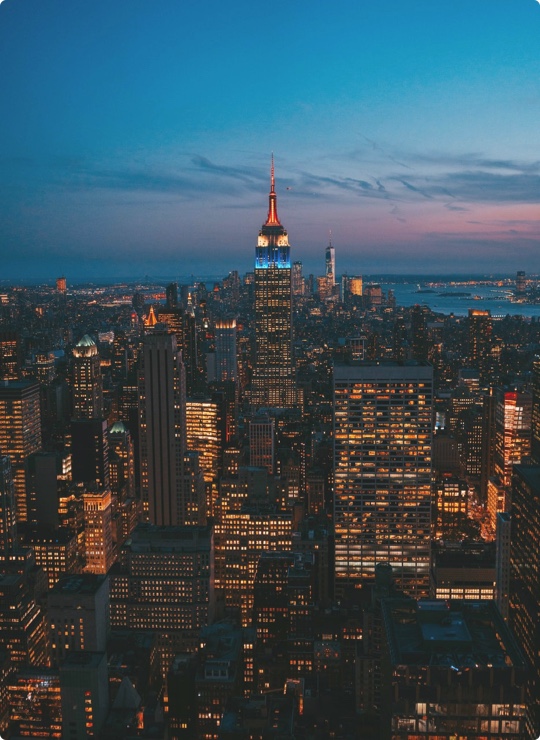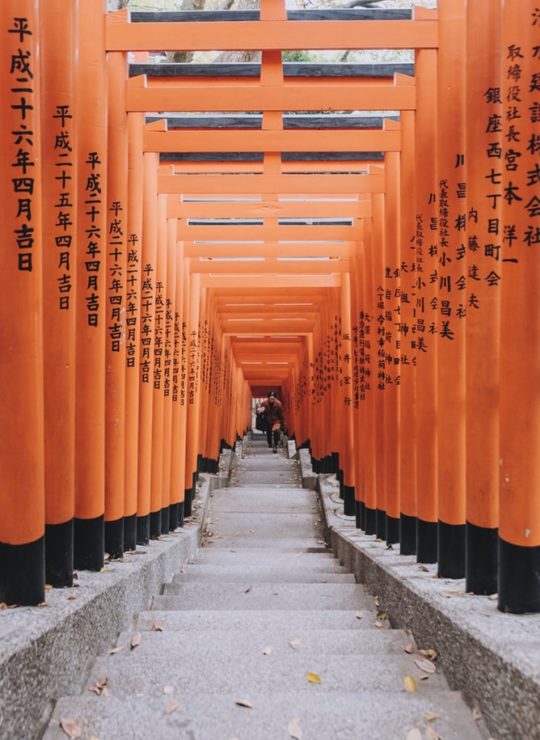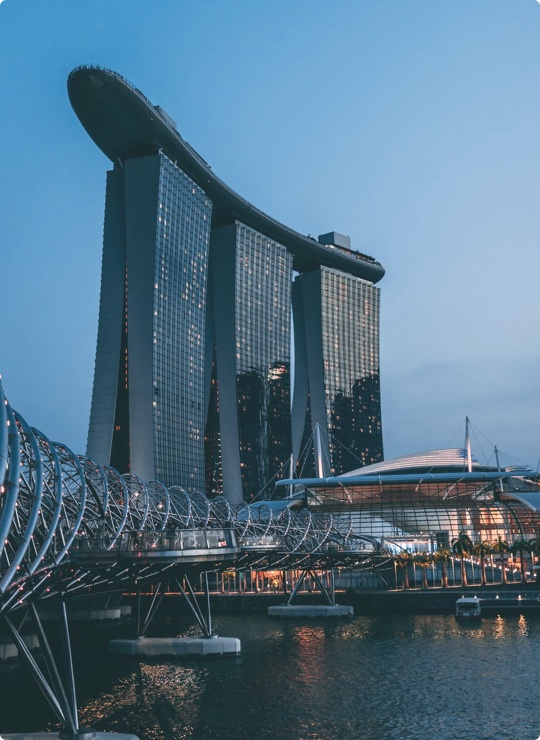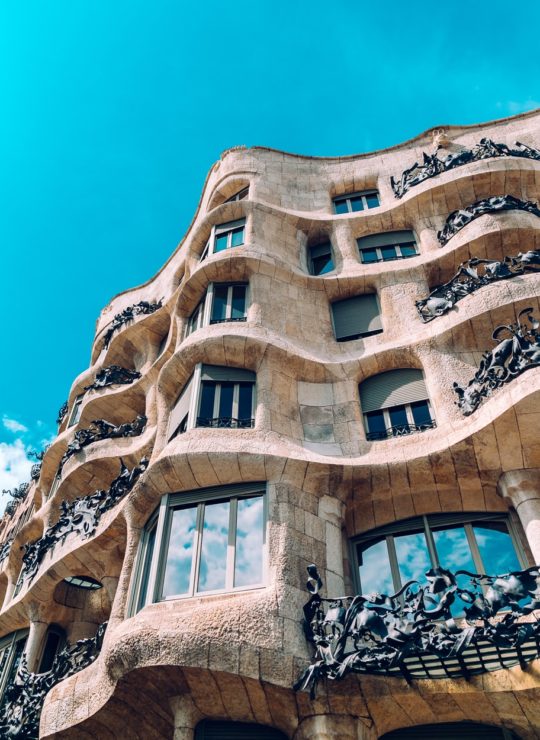Langtang Valley Trek

The Langtang Valley Trek is in Langtang National Park, Nepal.
Understand
[edit]- See also: Trekking in Nepal
The Langtang Valley Trek is characterised by steep, jungle covered valleys at lower elevations, and wide, barren alpine valleys once the trail climbs to Langtang Village.
It is best to visit the park in October and November, after the monsoons have ended and before winter sets in. The sky is clear and the leaves are colourful, providing a photogenic background. March to May is also a good time to visit as the wildflowers and rhododendrons are blooming.
Langtang Valley was severely impacted by the 2015 Nepal earthquake. The village of Langtang was completely destroyed by an avalanche in which several hundred residents and foreigners perished. Though most of the trail has been repaired, the scars are still visible in the form of damaged bridges, abandoned villages and crumbling structures.
Prepare
[edit]Guides or Porters
[edit]This trek is relatively short and easy, and there are many teahouses along the way to eat and sleep. The path is also well indicated, and you will need a map in any case to be sure. So if you are fit, neither a guide nor a porter is necessary.
Fees/Permits
[edit]TIMS Card
[edit]You first need to purchase your TIMS card for the trek. Go to the Tourism Board's Tourist Service Centre in Kathmandu. As of 2018, the cost is:
- Independent trekkers, green card, Rs. 2,000
- Trekkers who are part of a group with a guide, blue card, Rs. 1,000
Park Entrance Fee
[edit]The entrance fee to the Langtang National Park is Rs. 3,000 (2021). You can purchase it at the Tourism Board's Tourist Service Centre (ask for the Langtang National Park office) when you get your TIMS card. Another option is to purchase it when the bus stops at the entrance of the park, just outside Dhunche.
Get in
[edit]The trek starts at Shyaphru Besi (also spelled Syabru Besi), approximately 120 km (75 mi) north of Kathmandu by road. Depending on the route, the road conditions range from okay to horrible. If you suffer from motion sickness, consider taking along medication.
By bus
[edit]Buses from Kathmandu leave from Macha Pokhari bus stand (Ring Road, north of Thamel). A taxi from Thamel to Macha Pokhari should cost Rs. 200 - 300.
The bus ride takes 8 - 11 hours, longer if it rains or if Kathmandu traffic is bad. Be prepared for a bumpy/scary/spectacular ride, beautiful scenery as the road turns and crosses the countryside. If possible, try sitting as much in front as possible to have a smoother trip. As of 2023, a regular bus ticket is Rs. 700, a bus ticket with air conditioning is Rs. 1000.
By car
[edit]A (much) more expensive option is to take a car/jeep. Jeeps are easy to arrange from any tour agency and will pick you up just outside of Thamel. The driver may take a different route than the bus to avoid the worst of the traffic but will rejoin the bus route at Bidur. Jeeps seat up to 7 passengers and most have racks to tie luggage on the roof. Consider not filling every seat to make the ride more comfortable and to keep gear inside away from the dust. The drive takes 7 - 8 hours and the driver will expect a tip. Expect to pay around USD150 (for an entire jeep) one way.
By foot
[edit]It is possible to trek to Shyaphru Besi from Dhunche, or even from Kathmandu (via Helambu & Gosainkunda Lake Trek).
Walk
[edit]The times listed below are estimates. The lower bound is for someone in good physical condition, that has a good walking pace but nevertheless allows himself a break once in a while. The higher bound is an estimate of someone (or a group) who would be hiking more slowly
If you took the bus, it will drop you off in the center of Shyaphru Besi, sometime in the afternoon. If you have booked a guest house, it shouldn't be very far away. If you haven't, you have the choice to get some rest (in one of the many guest houses along the main road) and start hiking the next morning, or head directly to the trail! The first teahouses are only 1 - 2 hours away, so it's a great warming up. A bit higher on the main road there should be a police checkpoint, ask them if it is reasonable for you to reach Domen, Hot Spring, or even Bamboo before it gets too dark.
Shyaphru Besi to Rimche
[edit]There are two trails to go up to Rimche:
- the high trail that passes through Wangal, Khanjim and Sherpagaon. It is longer and steeper.
- the low trail that passes through Domen and Bamboo. This is the most common trail, and goes up gently through the valley.
You could choose for example to go up via the first trail and go down via the other.
- 1 Shyaphru Besi (Syabru Besi). (1460 m) A small town with a dozen of guest houses on the main road, some shops, and a river flowing below. The main road continues north to the Chinese border (15 km). The start of your trek.
High trail (via Sherpagaon)
[edit]Shyaphru Besi to Khangjim via Wangal
[edit]- Duration
- 3 hr
- 2 Khangjim. (2275 m), a small town with 4 teahouses.
Khanjim to Sherpagaon
[edit]- Duration
- 3 hr
- 3 Sherpagaon. (2235 m), has a monastery as well as a health center and a teahouse.
Sherpagaon to Rimche
[edit]- Duration
- 1 hr
Low trail (Via Bamboo)
[edit]Shyaphru Besi to Domen
[edit]- Duration
- 1 hr - 1 hr 30 min
- 4 Domen. (1670 m) A bridge, two or three houses, a garden, and a teahouse. A river coming from the south (right hand side if going up) flows down along the village. You can hear the river at night but it won't bother you to sleep.
Domen to Hot Spring
[edit]- Duration
- 30 min - 50 min
- Hot Spring (Pairo). (1772 m), this spot features two teahouses overlooking the river below. The river forms a small reservoir, which is a good place for a quick and bracing swim if you don't mind very cold water.
Hot Spring to Bamboo
[edit]- Duration
- 1 hr - 1 hr 30 min
- 5 Bamboo. (1970m, 8 km from Shyaphru Besi) The largest village so far, with half a dozen teahouses all close to each other, in between the river and the steep surrounding mountains (there is a rock landslide just above the village)
Bamboo to Rimche
[edit]- Duration
- 1 hr - 2 hr
- 6 Rimche (Rimchie). (2450 m), 2 or 3 teahouses ideally situated just after a steep passage.
Rimche to Kyanjin Gompa
[edit]- 7 Kyanjin Gompa.
Rimche to Lama Hotel
[edit]- Duration
- 20 min
- 8 Lama Hotel. (2470 m) A village of about 20 houses with many teahouses to eat, drink and sleep.
Lama Hotel to River Side
[edit]- Duration
- 1 hr - 1 hr 30 min
- 9 River Side (Gumnachok). (2769 m) A few houses along the path and next to the river.
River Side to Ghoda Tabela
[edit]- Duration
- 1 hr 15 min - 2 hr
About 20mn after River Side you will pass Woodlands teahouse. Then there will be the DAV Bridge (2854 m), where the path separates into two. Crossing the bridge follows the main path, but it probably ends up to the same if you continue straight without crossing the bridge. After a steep climb the valley starts to widen and give way to meadows. Cross the river again just before Ghoda Tabela. The river should now be to your right (when going up).
- 10 Ghoda Tabela. (3008 m) A farm and a teahouse.
Ghoda Tabela to Thangshyap
[edit]- Duration
- 30 min - 50 min
- 11 Thangshyap. (3205 m) A few houses and teahouses scattered around.
Thangshyap to Gompa
[edit]- Duration
- 40 min - 1 hr

- 12 Gompa. (3400m, 15.5 km from Bamboo) A small village with a couple of teahouses.
Gompa to New Langtang
[edit]- Distance
- 3 km
- Duration
- 1 hr - 1 hr 30 min
You'll cross the huge landslide that wiped Langtang village during the 2015 earthquake.
- 13 New Langtang (Langtang). (3430 m) The main village of the trek. Suffered the most from the 2015 earthquake, there are still ongoing reconstruction works. There is a memorial at the entrance of the village. Take the time to make a break (even short) to share the local's hospitality and warmth.
New Langtang to Mundu
[edit]- Duration
- 30 min
- 14 Mundu. (3550 m) A village with a few teahouses just outside of New Langtang.
Mundu to Singdum
[edit]- Duration
- 15 min
- 15 Singdum. (3555 m) A farm and a teahouse a bit further up the valley.
Singdum to Kyanjin Gompa
[edit]- Duration
- 1 hr 15 min - 2 hr
You'll pass a couple of farms along the way, cross the path of yaks, and start to catch a glimpse of high snowy peaks. You will also see some stupas before you arrive in Kyanjin Gompa.

- 16 Kyanjin Gompa (Kyanjin Gumpa). (3830 m) A dense village with many teahouses, a couple of bakeries, and a monastery at the top. If you have the time, a good place to stay for a couple of days to enjoy the vibe and explore the surroundings with day trips.
Hikes around Kyanjin Gompa
[edit]Kyanjin Gompa is a good base to stay a few days and explore the surrounding mountains. Depending on the season and the weather, there can be large quantities of snow around and above Kyanjin Gompa. If there is snow, some of the hikes below will be more difficult, and might necessitate a guide. Of course. Here is the guide rewritten in the format you requested.
Kyanjin Ri & Menchhyamsa Ri Loop
[edit]- Distance
- 6 km
- Duration
- 4 - 6 hr
This is the easiest and most common hike from Kyanjin Gompa. The path forms a loop, starting with an ascent up the hill above the village to Kyanjin Ri. After taking in the views of Kyanjin Gompa below, you can continue along the ridge to the main peak of Menchhyamsa Ri for even better vistas of the surrounding mountains, including Langtang Lirung (7227 m) and Yubra (6264 m). The path then continues along the ridge before turning right and descending through a hollow back to the village.
Kyanjin Gompa – Tserko Ri
[edit]- Distance
- 9 km
- Duration
- 6 - 9 hr
A more strenuous day hike from Kyanjin Gompa to a higher viewpoint.
- 3 Tserko Ri (Tsergo Ri). (4984 m)
Kyanjin Gompa – Yala Peak
[edit]This trip is usually done over two days from Kyanjin Gompa. It is possible to complete it in a single day if conditions are good and the trekker is very fit.
Day 1: Kyanjin Gompa to Yala Peak Base Camp
[edit]- Duration
- 5 - 7 hr
- Distance
- 7.5 km
This day involves a steady ascent from Kyanjin Gompa (approx. 3,870 m) to the meadow where Yala Peak Base Camp is established (approx. 4,600 m).
Day 2: Summit and Return to Kyanjin Gompa
[edit]- Duration
- 10 - 12 hr
- Distance
- Approximately 13 km
Climbers start very early in the morning for the summit push to Yala Peak (5,520 m). After reaching the summit, they descend past the base camp and all the way back to Kyanjin Gompa for the night.
- 4 Yala Peak. (5500 m)
Kyanjin Gompa – Bamboo
[edit]- Distance
- 20 km
- Duration
- 6 - 7 hr
The hike back down from Kyanjin Gompa to Shyaphru Besi is usually done in two days. If you are in a hurry to catch the bus from Shyaphru Besi, or feel energetic, you can push through to Bamboo or even Domen on the first day. After staying the night at a teahouse, you can wake up early enough to catch the morning bus back to Kathmandu (buses usually depart around 8am and 10am). For extremely fit trekkers, it is reportedly possible to descend all the way from Kyanjin Gompa to Shyaphru Besi in a single day.
This is a long and demanding day of trekking, consisting almost entirely of a steep descent. The route retraces the path from the ascent, taking you from the alpine terrain of Kyanjin Gompa, past the rebuilt Langtang Village, and through the checkpoint at Ghoda Tabela. From there, the trail descends sharply through beautiful rhododendron and pine forests, following the Langtang Khola. You will pass the popular overnight stop of Lama Hotel before continuing a final, steep downhill section to reach Bamboo.
Bamboo is a small settlement with a few basic teahouses, situated in a dense, humid bamboo forest. This challenging day is often undertaken by fit trekkers aiming to shorten the return journey to Shyaphru Besi.
Bamboo – Domen
[edit]- Distance
- 8 km
- Duration
- 1.5 - 2.5 hr
This is a relatively short and easy section of the descent. From Bamboo, the trail continues its way steadily downhill through the forest, closely following the river. You will pass through a landslide-prone area (be cautious) and cross a few bridges. The trail is pleasant, with the sound of the river beside you.
Domen is a small stop before the trail's final section to Shyaphru Besi. This short leg is what a trekker would cover at the beginning of their last day if they had spent the previous night in Bamboo.
Stay safe
[edit]The primary danger on the Langtang trek is altitude sickness (AMS). To prevent it, ascend slowly and plan at least one acclimatization day in Kyanjin Gompa (3870 m) before attempting higher viewpoints like Tserko Ri (4984 m). Stay well-hydrated, avoid alcohol, and descend immediately if you or anyone in your group shows persistent symptoms like a severe headache, nausea, or dizziness.
The valley is in a geologically active area and is prone to landslides, a risk that was tragically highlighted during the 2015 earthquake. While the main trail has been rerouted and is generally safe, always be cautious when crossing steep, exposed sections, especially during and after heavy rain. Do not linger in signed hazard zones.
Weather can change rapidly. Be prepared for four seasons in one day by packing layers, including a waterproof/windproof jacket, hat, and gloves, regardless of the season. The sun is intense at altitude, making sunscreen and sunglasses essential. Always purify drinking water or buy boiled/filtered water from teahouses. A comprehensive travel insurance policy that covers emergency helicopter evacuation is non-negotiable.
Go next
[edit]- Tamang Heritage Trail
- Gosainkunda Lake Trek


 Français
Français Italiano
Italiano




